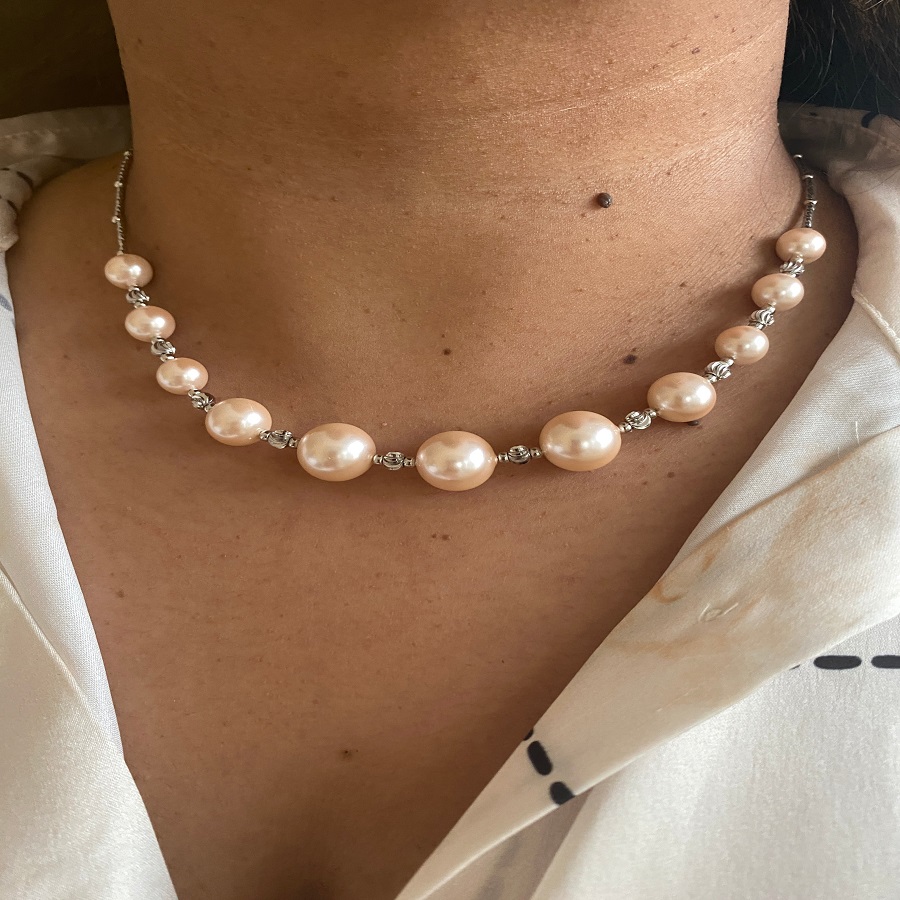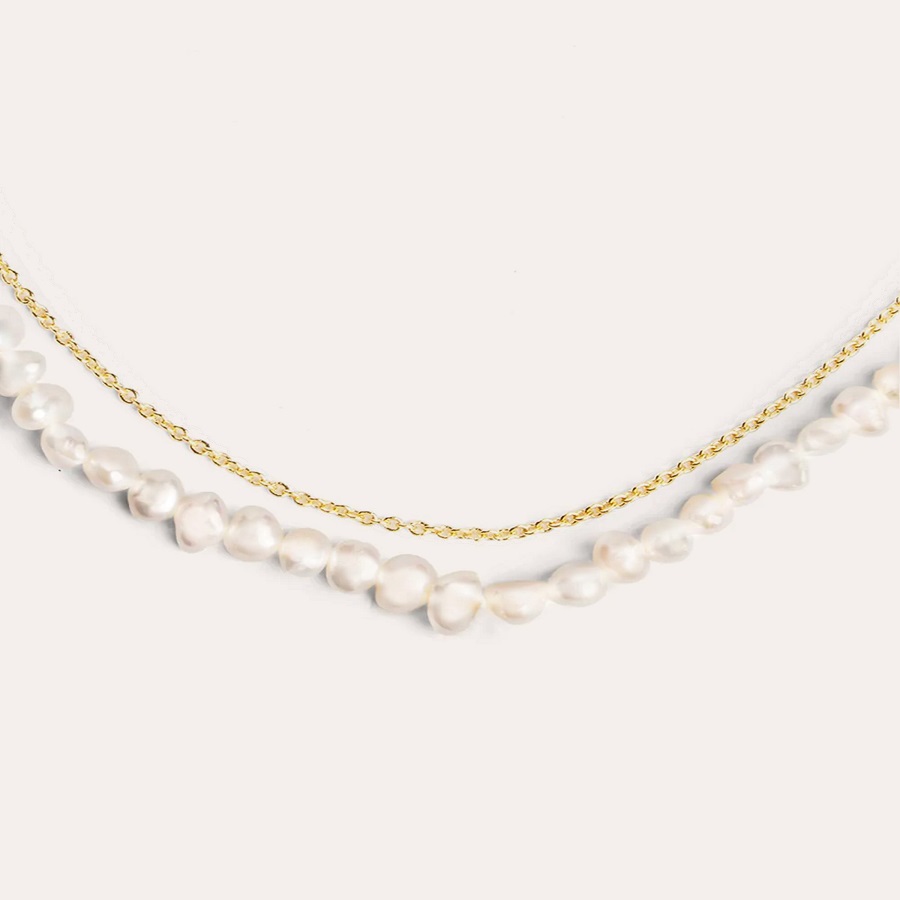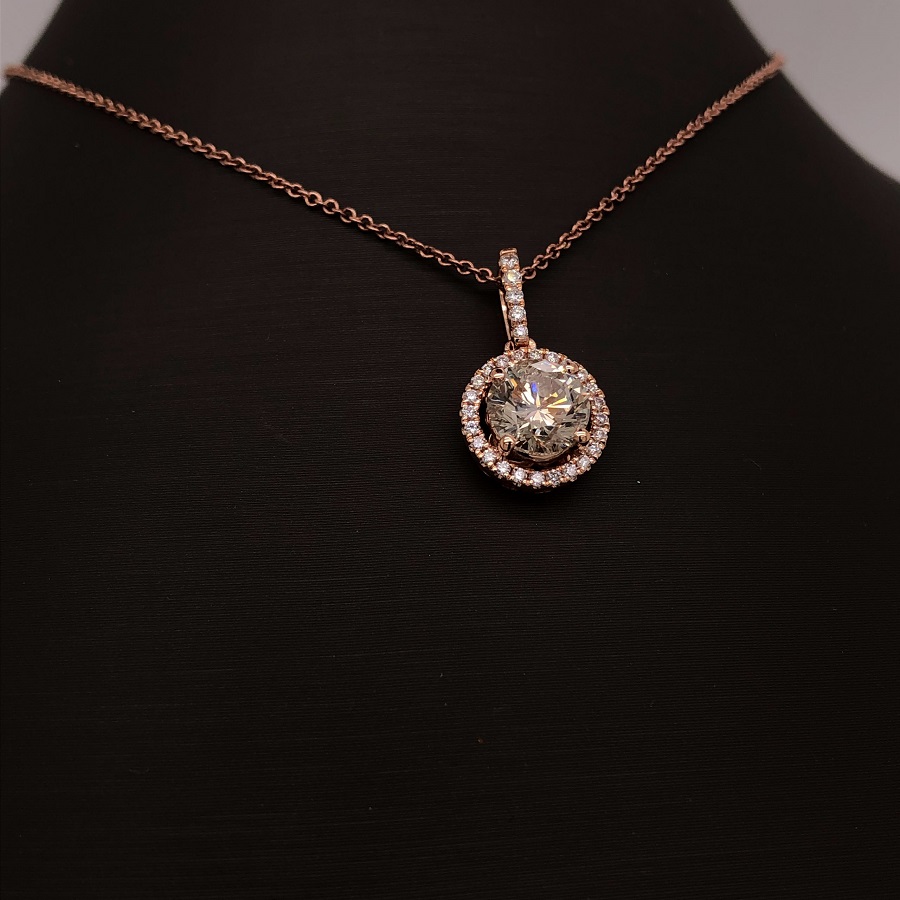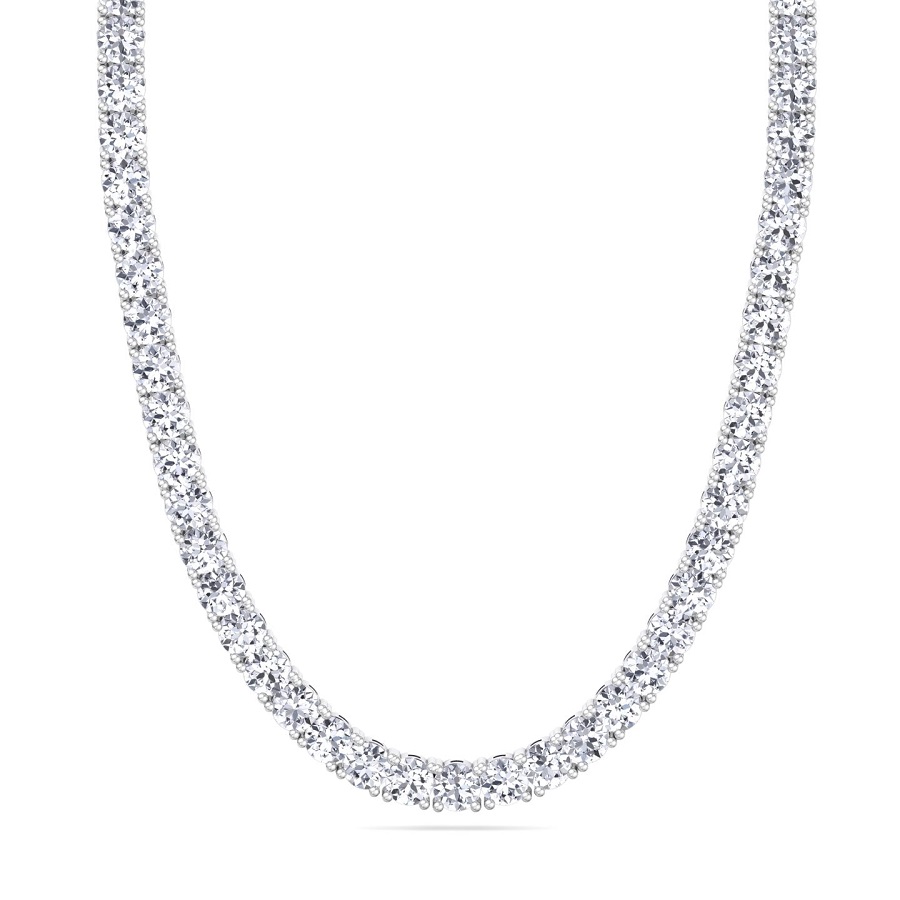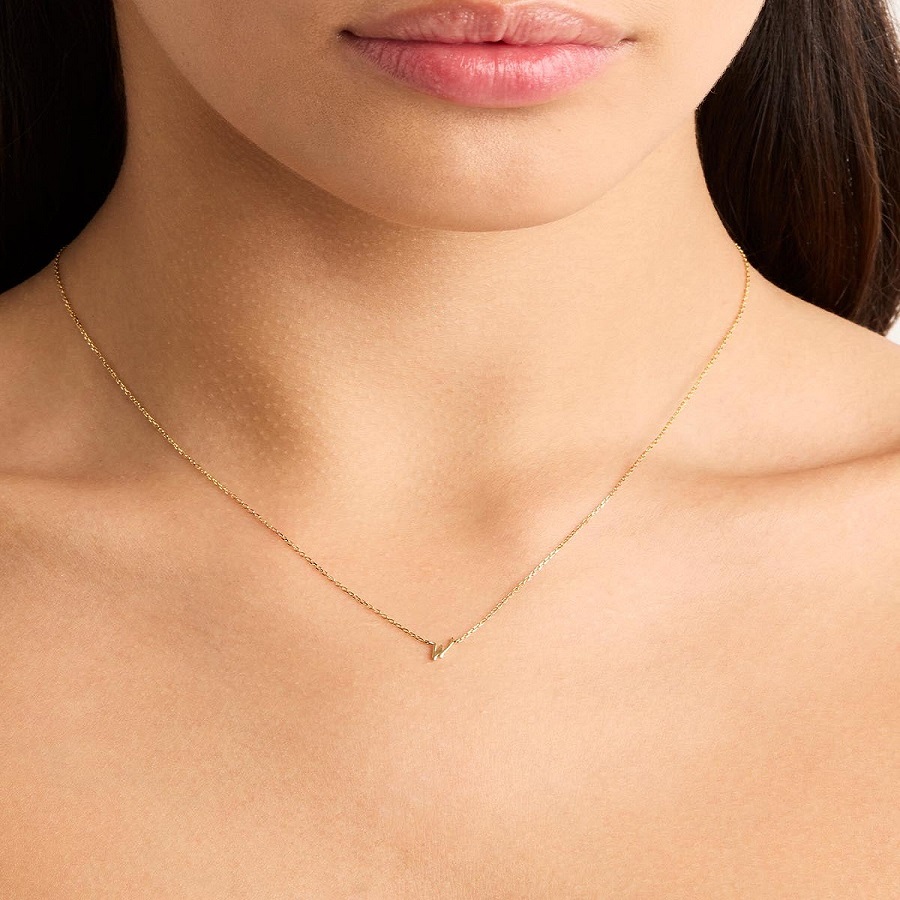The History of Pearl Necklaces
Pearl necklace signify elegance and have a rich history. For thousands of years, humans have treasured pearls. Their journey begins in the depths of the ocean. Here, a tiny grain of sand enters an oyster. Over time, the oyster covers it with layers of nacre, creating a pearl. Cultures across the world have cherished these gems. In ancient civilizations, only nobility and royalty wore pearl necklaces. They were symbols of wealth and status.
In Rome, pearls were a sign of power. Julius Caesar passed laws restricting pearl wear to the ruling class. In the Dark and Middle Ages, knights adorned themselves with pearls, believing they offered protection in battle. The Renaissance brought about ‘pearl age’, with portraits often showcasing royalty with pearl necklaces.
By the 1900s, pearl necklaces reached more people. Thanks to Kokichi Mikimoto, who perfected the technique of creating cultured pearls, pearl necklaces became accessible. The fashion icon Coco Chanel made pearls a staple. She introduced fake pearls, blending them with real ones. Then came the classic Hollywood era where stars like Audrey Hepburn in ‘Breakfast at Tiffany’s’ immortalized the pearl necklace. Even today, pearl necklaces remain a classic choice for style and sophistication.
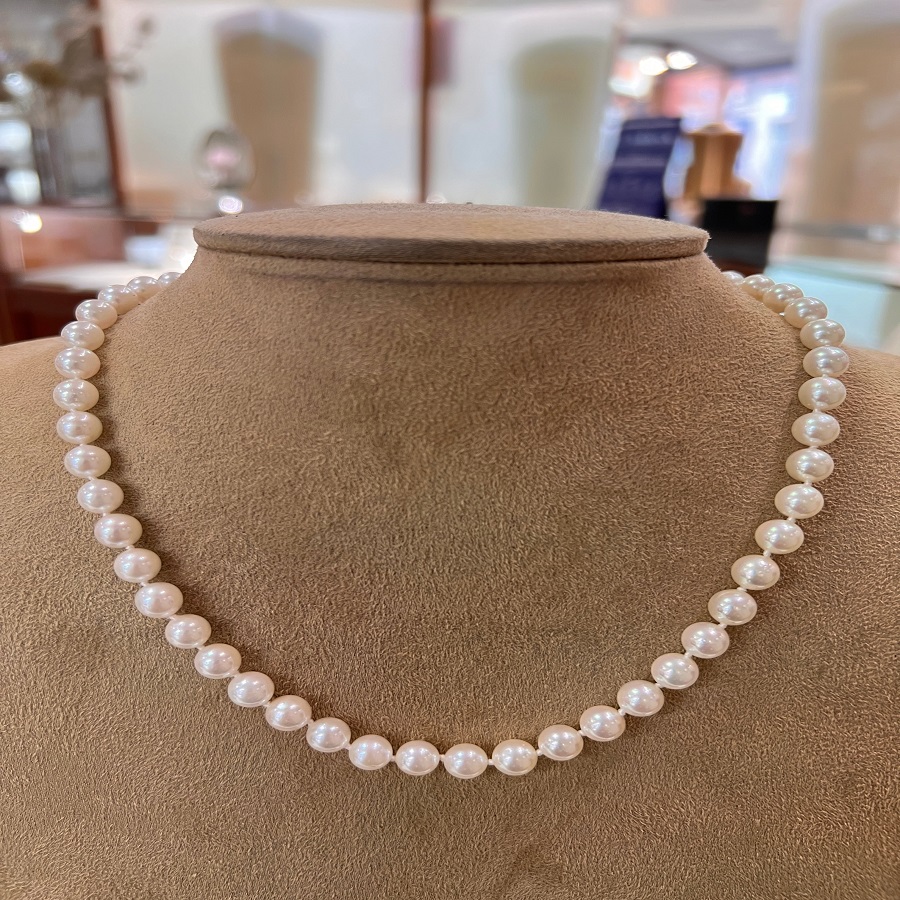 Types of Pearls Used in Necklaces
Types of Pearls Used in Necklaces
Pearl necklaces are not just iconic. They are diverse, with several types of pearls adorning these elegant pieces. Each type offers a unique charm and beauty.
- Akoya Pearls: Originating from Japan, these pearls are classic and highly prized. They are well-known for their round shape and high luster. Akoya pearls often come in white and are a symbol of elegance.
- Freshwater Pearls: These are the most common and affordable pearls. They come from lakes and rivers. Freshwater pearls vary in shape and size. While typically less lustrous than Akoya, they offer a range of colors.
- Tahitian Pearls: Also known as black pearls, they hail from French Polynesia. These pearls are exotic and known for their dark colors that range from gray to green to black.
- South Sea Pearls: These pearls are larger and come from the waters of Australia and Indonesia. They feature a soft luster and come in shades of white and gold. South Sea pearls scream luxury.
When choosing a pearl necklace, think about the pearl type that aligns with your style. Each carries its own story. Whether you’re seeking the classic sophistication of the Akoya, the unique colors of Freshwater, the exotic allure of Tahitian, or the opulent feel of South Sea pearls, there’s a pearl necklace for every taste.
Classic Pearl Necklace Styles
Pearl necklaces come in styles that cater to all tastes. Here are some classic styles that have stood the test of time:
- Single Strand Pearls: This is the quintessential pearl necklace. It showcases a single row of pearls. Simple and elegant, it matches any outfit.
- Multi-Strand Pearls: For a bolder statement, multiple strands of pearls can add a luxurious touch. They work well for formal occasions.
- Choker Pearls: Sitting closely around the neck, pearl chokers offer a modern twist. They are ideal for high-neck outfits.
- Opera Length Pearls: These long pearl necklaces can be single or double looped. They add sophistication to evening wear.
- Pearl Pendant: A single pearl on a chain makes for a subtle yet chic accessory. It’s perfect for daily wear.
- Baroque Pearls: Each baroque pearl is unique, making these necklaces one-of-a-kind. They add texture and interest to any look.
When selecting a classic pearl necklace style, consider the occasion and your personal fashion sense. Pearl necklaces are versatile, and finding the right style can enhance any ensemble. Whether you lean towards minimalism with a single strand or prefer the drama of multi-strand pearls, there’s a classic style for everyone.
How to Style Pearl Necklaces for Different Occasions
Pearl necklaces can elevate your look for any event. Let’s explore how to style them right.
Formal Events
For galas or weddings, a classic single strand of Akoya pearls adds timeless elegance. Consider a multi-strand pearl necklace for more glamour. Choose pearls with high luster to complement formal attire.
Casual Outings
Dress down a pearl necklace by pairing it with a simple blouse or sweater. A pearl pendant or baroque pearls work well for a casual, unique touch. Opt for freshwater pearls here for their variety in colors and shapes.
Office Settings
For the workplace, keep it understated. A single strand or a choker pearl necklace can lend a professional edge. Stick to neutral colors like white or cream for a classic look.
Date Nights
Add romance with a pearl choker or an opera-length necklace that can be looped for an effortless chic style. Tahitian pearls can bring in a hint of mystery with their dark hues.
Special Celebrations
Birthdays and anniversaries call for something special. Go for South Sea pearls that radiate luxury. Their larger size and subtle luster make a statement.
In styling pearl necklaces for various occasions, remember to consider the event’s formality, your outfit’s neckline, and what makes you feel confident. Let your pearl necklaces be a reflection of your taste and the event’s spirit.
The Do’s and Don’ts of Wearing Pearl Necklaces
Wearing pearl necklaces can enhance your style, but it’s important to do it right. Here are some guidelines to consider:
Do’s:
- Match With Occasion: Always choose a pearl necklace that suits the event you’re attending. Simple strands for the office, and something bold for a night out.
- Consider the Outfit: Pearls go well with almost everything, but they shine with V-necks, boat necks, and high-neck dresses.
- Layer Wisely: If you’re layering necklaces, mix pearls of different lengths and sizes for a trendy look.
- Mind the Color: Select a pearl color that complements your skin tone and the color of your attire.
- Proper Storage: Store your pearl necklaces separately to avoid scratches.
Don’ts:
- Avoid Overcrowding: Don’t wear too many jewelry pieces with your pearls. Let them stand out.
- Skip the Cosmetics: Apply makeup and perfumes before you put on your pearls to prevent damage.
- Ignore the Clasp: Ensure the clasp is secure to prevent loss.
- Forget About Care: Don’t neglect proper cleaning and maintenance of your pearls.
- Mix Metals Carelessly: Match other jewelry with your pearls thoughtfully. Stick to metals that complement, not overpower.
By adhering to these simple do’s and don’ts, you’ll maintain the integrity and beauty of your pearl necklaces, while looking your best no matter the setting.
Caring for Your Pearl Necklaces
Proper care is key to keeping your pearl necklaces looking their best for years. Here’s how to do it:
- Gentle Cleaning: After wearing your pearls, wipe them with a soft cloth. Get rid of any oils or dirt.
- Use Mild Soap: Occasionally, clean them with a damp cloth and mild soap. Rinse well.
- Avoid Soaking: Never soak pearl necklaces in water or cleaning solution. It can weaken the string.
- Soft Storage: Store them in a soft cloth bag or a lined jewelry box. Keep them away from other jewelry.
- Restring Pearls: Have strung pearls professionally restrung once a year if worn often. It prevents breaking.
- Avoid Heat: Keep your pearls away from heat sources. Heat can dry them out and cause cracks.
- Limit Contact: Try to limit contact with cosmetics, hairspray, or perfume. Apply these before putting on your necklace.
- Check Clasps: Regularly inspect the clasps and closures for wear and tear. Repair if necessary.
By following these simple steps, you will ensure the longevity of your pearl necklaces, retaining their luster and elegance. Remember, pearls thrive with a little TLC. Treat them as treasured pieces and they will remain an essential part of your wardrobe for generations.
Matching Pearl Necklaces with Other Jewelry
When complementing pearl necklaces with other jewelry, harmony is key. Follow some basic tips to create a put-together look.
- Keep It Subtle: If your necklace is a statement piece, choose understated earrings or bracelets.
- Coordinate Metals: Pair your pearls with jewelry in the same metal category for cohesion. Think gold with gold, silver with silver.
- Consider The Size: Balance the look. Match larger pearls with smaller accessory pieces, and vice versa.
- Stones and Pearls: If combining with other gems, select those that complement, not overshadow the pearls. Diamonds are a classic choice.
- Maintain Theme: Stick to a consistent style. If your pearls are vintage, choose accessories with an antique feel.
- Mind The Occasion: Remember, less is often more. For formal events, a simple pearl necklace and matching stud earrings are elegant.
Matching pearl necklaces with other jewelry doesn’t have to be daunting. It’s about balance. Whether it’s metal tones or the scale of the jewelry, the aim is elegance. A well-matched ensemble showcases your pearl necklaces and enhances your overall outfit, without creating visual clutter.
Where to Buy Quality Pearl Necklaces
Finding a quality pearl necklace requires knowing where to shop. Here’s a guide to help you make the right choice.
- Jewelry Boutiques: Visit local boutiques specializing in fine jewelry. They often carry high-quality pearl necklaces.
- Online Retailers: Well-known sites offer convenience and customer reviews. Look for sellers with high ratings and positive feedback.
- Estate Sales: These can be a source for unique and vintage pearl necklaces. Ensure authenticity before buying.
- Auctions: Auction houses present opportunities to own exceptional pearl pieces. Do research and set a budget before participating.
- Pearl Farms: Purchase directly from pearl farms if possible. This can ensure the pearls’ origin and quality.
- Craft Fairs: Artisans sometimes sell their handmade pearl jewelry at these events. Support local crafters and find something original.
- Specialty Stores: Some stores focus on pearls alone. Their selection is vast, and the staff tends to be knowledgeable.
- Department Stores: They may have a fine jewelry section with a selection of pearl necklaces. Look for established brands.
When shopping, remember to check for certification, ask about the pearl’s origin, and inquire about the store’s return policy. Good retailers will provide detailed information about the pearls, including type, size, and care instructions. By choosing reputable sources, you ensure that your pearl necklace is not only beautiful but also a lasting investment.
